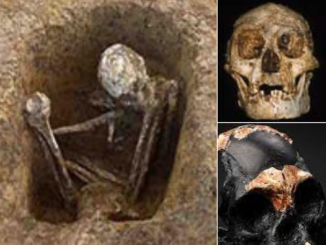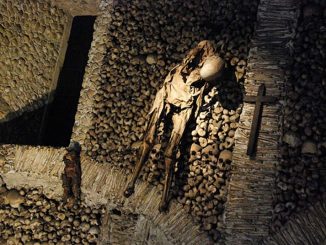Crete, nestled on the edge of the Aegean Sea, was home to the extraordinary Minoan civilization, a beacon of Bronze Age sophistication. The credit for revealing this forgotten heritage belongs to Arthur Evans, an English archaeologist whose tireless efforts excavated the legendary Palace of Knossos. The Minoans, named after King Minos of the Minotaur myth, demonstrated advanced maritime prowess, engaging in vibrant maritime trade with Anatolia, Phoenicia, Greece, Egypt, and Africa. Mastering agriculture around 3000 BC, the Minoans flourished, creating exquisite works of art depicting the grace of women and the athleticism of men.
Although they had warriors to protect against pirates, their society was oriented toward peaceful sports and physical development. The discovery of a labyrinth beneath the palace added a layer of mystery to their story, with depictions of the Minotaur on coins. Sadly, seismic upheavals, including the catastrophic eruption of the Santorini volcano, caused them to collapse around 1750 BC. Plato, inspired by the advanced civilization of the Minoans, later weaved the story of Atlantis. While Atlantis remains a myth, the real impact of the Minoans as the first European civilization remains, their cultural splendor influencing subsequent societies and facilitated cross-cultural exchange during the Bronze Age.


